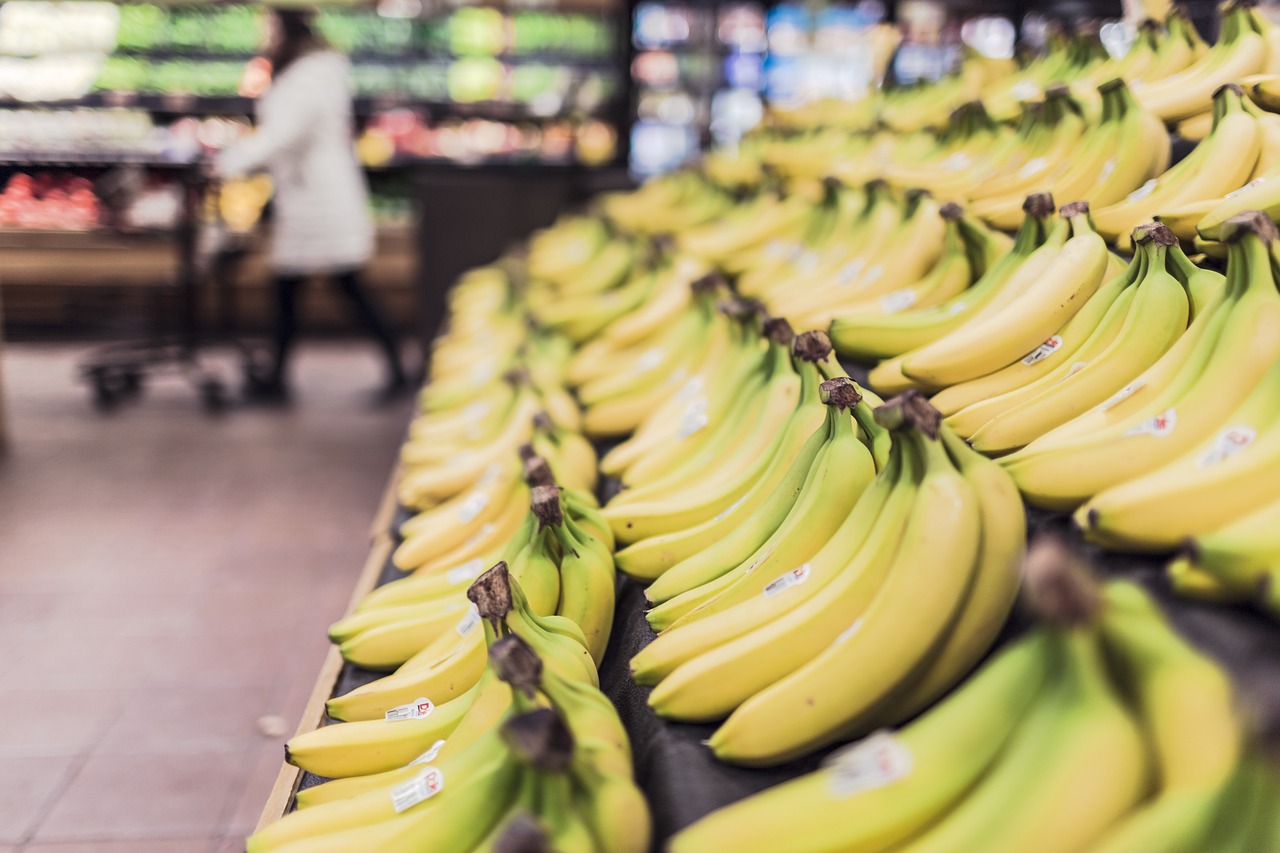Inflation – it’s a term you’ve probably heard on the news or read in the papers. But what does it mean, and how does it affect your everyday life in Australia? In this blog post, we’ll break it down in a way that makes sense.
Inflation in Australia fell to 5.6% in May 2023, down from 6.8% in the previous month
What is Inflation?
In simple terms, inflation is the rate at which the general level of prices for goods and services is rising. If inflation is 5%, it means that things cost 5% more on average than they did a year ago.
Why are prices rising?
Prices can rise for several reasons. One of the main factors is the cost of making a product or providing a service. In Australia, the cost of labour – or wages – has been rising faster than the amount of work produced per hour. This has increased unit labour costs, which have risen by 7.9% since March 2023.
Meanwhile, wage growth – the rate at which the average Australian’s paycheck is increasing – was 3.7% over the same period. But because each hour of work produces less and costs more, we’re seeing inflation.
What’s influencing inflation?
Several key things contribute to inflation. For instance, housing costs went up by 8.4% over the year to May 2023, while food and non-alcoholic beverages rose by 7.9%. Also, furniture, household equipment, and services prices increased by 6.0%.
A big drop in fuel costs had a significant effect, bringing down overall inflation. Fuel prices fell by 8% in May 2023, a big shift from the 9.5% increase in April.
How does the Reserve Bank respond?
The Reserve Bank of Australia (RBA) tries to keep inflation within a 2-3% target range. They can raise or lower interest rates to help manage inflation. If inflation is too high, they might increase interest rates to slow spending and bring inflation down.
There’s a 70% chance the RBA won’t change interest rates at their next meeting
However, many experts believe the RBA may hold off on raising interest rates at their next meeting. This is due to the recent drop in inflation and the expectation that inflation will continue to slow down in the coming months.
What’s the future outlook?
Looking ahead, there are different opinions. Some experts believe the RBA will raise the cash rate to 4.6% by August 2023. They think this will help manage inflation and keep the economy steady. However, others predict that inflation will continue to fall, possibly down to around 4% by the end of 2023.
Inflation is expected to fall to around 4% by the end of 2023
Remember, these are just predictions. The actual path of inflation and interest rates will depend on various factors, including how the Australian and global economies perform.



